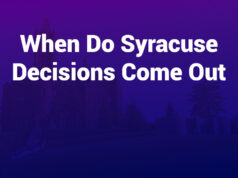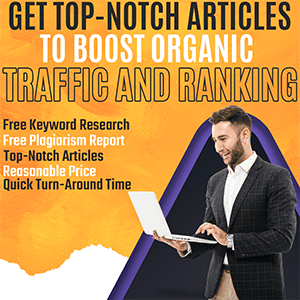New COVID Variant NB.1.8.1 Emerges in the U.S.: Key Information on Symptoms and Vaccination Updates
The Centers for Disease Control and Prevention (CDC) has reported the presence of a new COVID-19 variant, designated as NB.1.8.1, which has been linked to a significant surge in cases in China. The initial cases in the United States were traced back to late March and early April, identified through a screening program targeting international travelers at airports.
A CDC spokesperson confirmed that the agency is closely monitoring the situation and maintains regular contact with global health authorities. However, there have been too few reported U.S. sequences of the NB.1.8.1 variant to feature it prominently in the CDC’s variant estimates dashboard.
Symptoms Associated with the NB.1.8.1 Variant
According to experts, the symptoms of the NB.1.8.1 variant are largely comparable to those observed in earlier strains of the virus. Subhash Verma, a microbiology and immunology professor at the University of Nevada, Reno, stated that patients often report:
- Cough
- Sore throat
- Fever
- Fatigue
Assessing the Severity of the Variant
Research suggests that while NB.1.8.1 may spread more easily, it does not appear to cause more severe illness than prior variants. Dr. Amy Edwards, an assistant professor of pediatrics at Case Western Reserve University, noted that there is some laboratory evidence indicating this variant binds more tightly to human cells, which enhances its transmissibility.
Edwards clarified that although there has been an uptick in hospitalizations in areas experiencing surges in NB.1.8.1 cases, this increase may not necessarily correlate with the variant’s severity, but rather reflects typical summer surges in COVID-19 infections.
Booster Vaccine Accessibility Changes
In light of the ongoing presence of this variant, the administration has announced a shift in COVID-19 booster vaccine accessibility. The Food and Drug Administration (FDA) has specified that updated booster shots will prioritize seniors and individuals with certain underlying health conditions, such as pregnancy and diabetes. This policy will necessitate vaccine manufacturers to complete extensive new clinical trials before they can roll out vaccines to broader populations.
As a result, many Americans without qualifying conditions may face limitations in accessing updated vaccinations this fall. Experts warn that this decision could unintentionally dissuade vaccination among some individuals.
Potential Public Health Implications
Verma expressed concerns regarding these new restrictions, stating, “While over 100 million Americans may still be eligible, these changes pose obstacles for public health.” Delays in access to boosters for lower-risk groups could discourage vaccination efforts further.
Edwards concurred, stating that the ambiguities surrounding eligibility, especially regarding pre-existing conditions, could generate confusion and potentially lower vaccination rates at a crucial time.
Alternative Infection Prevention Strategies
Given the uncertainty surrounding vaccine access, Edwards emphasizes other important preventative measures, including:
- Practicing good cough and sneeze hygiene
- Regular hand washing
- Staying home when feeling unwell
- Wearing masks in crowded or enclosed public spaces, especially if you have mild symptoms
Authorities in regions experiencing rising cases, such as Hong Kong, have also recommended the use of masks in public transportation and crowded venues to mitigate transmission risks.
Summary Table of the NB.1.8.1 Variant
| Aspect | Details |
|---|---|
| Variant Name | NB.1.8.1 |
| Early Detection in U.S. | Late March – Early April |
| Common Symptoms | Cough, sore throat, fever, fatigue |
| Transmissibility | Higher transmissibility with similar severity |
| Booster Access Limitation | Targeting specific high-risk groups |














